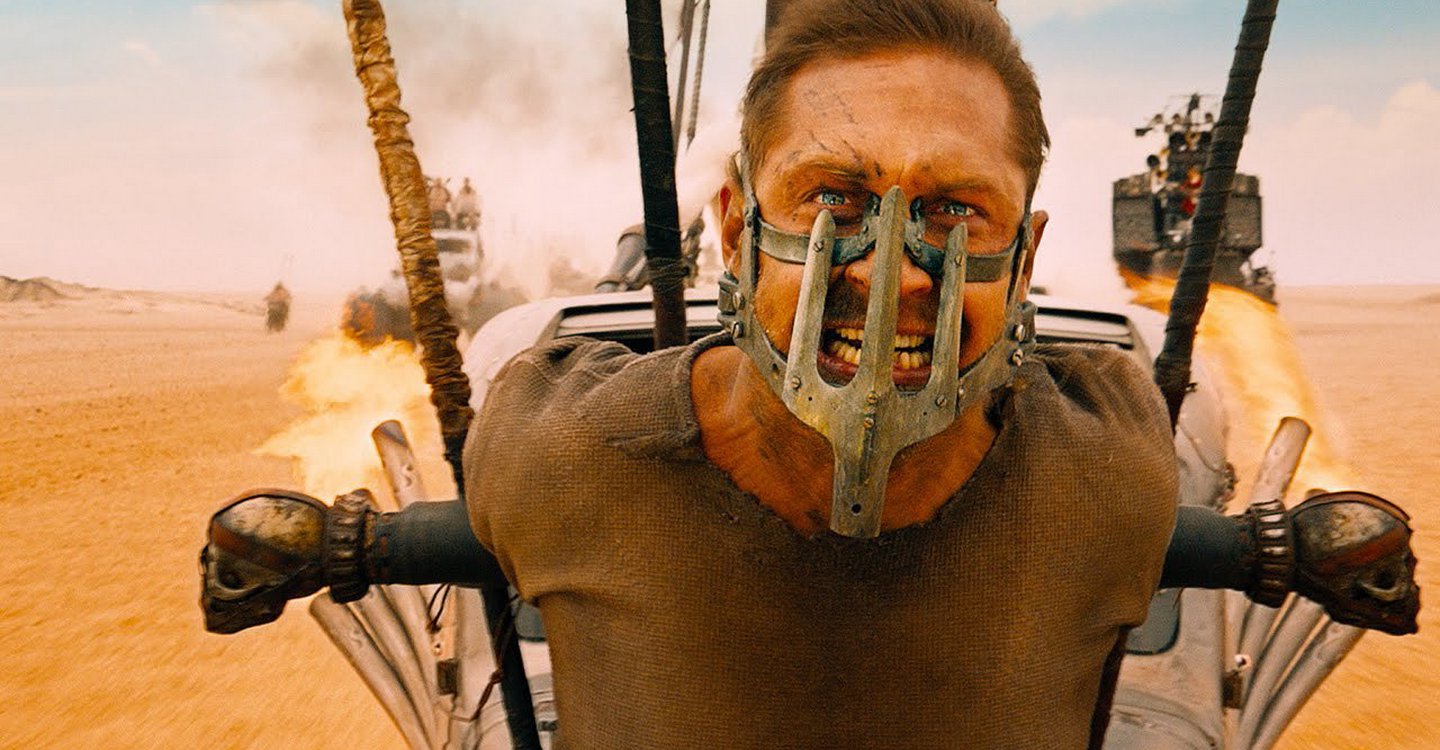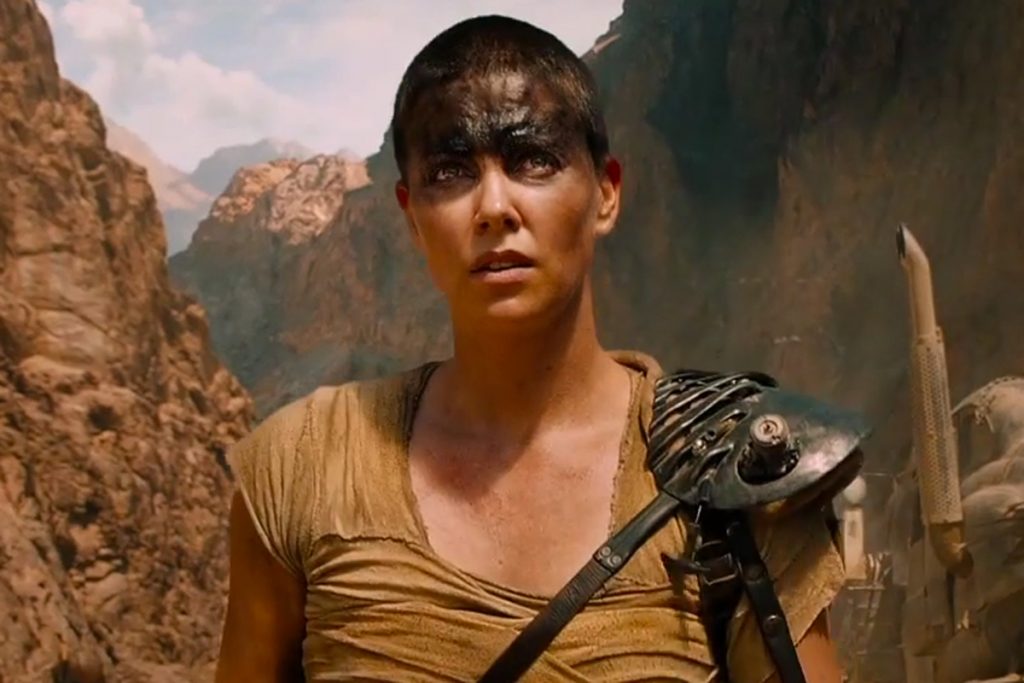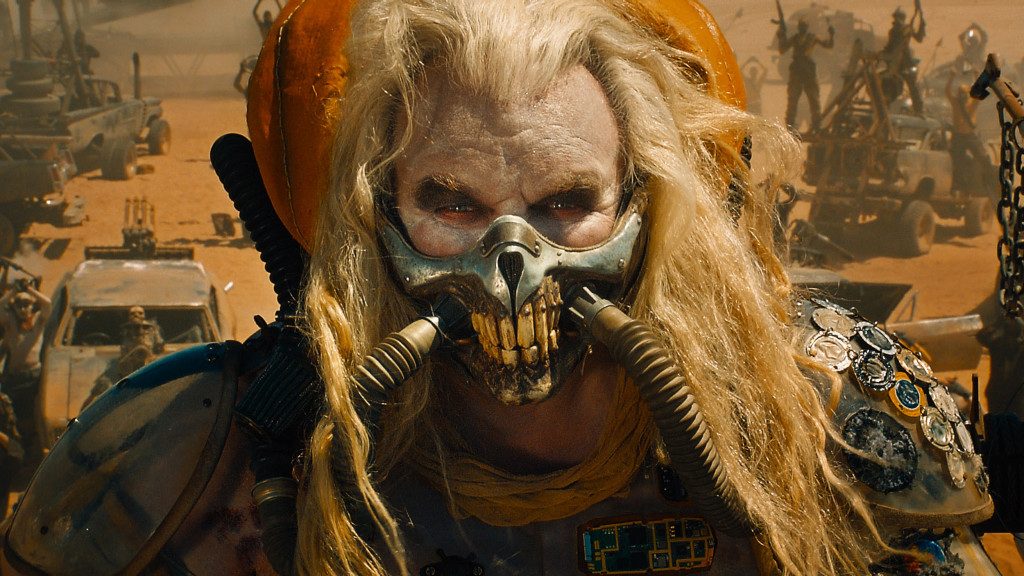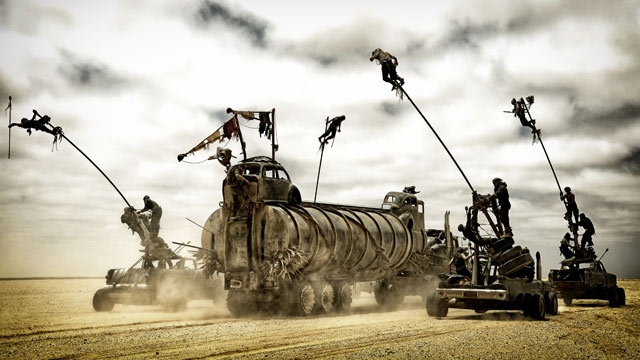
What you see in “Mad Max: Fury Road” is the labor of a filmmaker who had 30 years to explore a concept, love it, refine it and finally bring it to life. There is a depth and detail to this film that puts George Miller in a rarefied pantheon of directors. This film is his seminal work.
“Mad Max: Fury Road” has a consistent theme and repeating symbolism that belies its simple exterior. It’s easy to miss amid the flamethrowers, and explosions and muscle cars; but it’s there.
The film follows “Mad” Max Rockatansky, played by Tom Hardy, who has been in the desert wasteland too long and is haunted by the memories of those he has failed.
While we follow Max throughout the film, the real main character is Charlize Theron’s, Imperator Furiosa, a trusted general in Immortan Joe’s army.

Max is a nod to the Shakespearean Fool, an everyman character, who is not too smart, mostly trying to survive among people who are far more important than him and who has an innocent heart. In fact, Furiosa calls him “Fool” at one point when he refuses to give her his name. Following the fool character type, Max spends much of the beginning of the film as a man who is merely a bystander to the events happening around him.
Besides The Fool, Max has much in common with “The Man with No Name” in the westerns by Sergio Leone. He is a man of few words. He is portrayed through his actions.
Max is captured, shaved and tattooed with nutritional information, so that he can be used as a blood bag for one of Immortan Joe’s War Boys. Being objectified is a consistent theme throughout the movie and we see it first with Max. We also learn that he is a universal blood-donor which will play a role later in the movie.

We learn that Imperator Furiosa has taken the brides of Immortan Joe (Hugh Keays-Byrne) from The Citadel and heads for an oasis called “The Green Place”. She leaves the messages “WHO STOLE OUR WORLD?” and “WE ARE NOT THINGS,” inside the bank vault where they lived. These words are echoed throughout the film.
When Immortan Joe mobilizes his army of War Boys and freaks to bring back Furiosa and his property, we meet Nux. He’s been raised since birth to worship Immortan Joe and die on the battlefield so that he can spend eternal life, a better life, in Valhalla. Nux uses Max as a blood bag and straps him to the front of his car to enter battle.

What follows is essentially a 90 minute car chase, but George Miller manages to squeeze every bit of variation and nuance out of that genre. Even if you wanted to simply enjoy the film as a car-chase popcorn film, the action never becomes repetitive and it is exceptionally paced, offering moments of high tension, spectacle and introspection.
150 real vehicles were created (and destroyed) for “Mad Max: Fury Road”. These muscular monstrosities are very much an extension of the characters in the movie, as much as their costumes.
The production design oozes from every pore of this film. If “Mad Max: Fury Road” does not win an Oscar for Production Design, it will disgrace every previous winner.

Real stunts and real destruction give the movie a visceral feeling that is lacking in many movies that rely heavily on computer graphics to create effects. The characters feel more vulnerable in this film and the thrills are more satisfying.
“Mad Max: Fury Road” has beautiful cinematography. Despite being filmed almost entirely in a desert we are treated to warm saturated orange vistas and cool blue nighttime dreamscapes.
Unlike the previous Mad Max films, there are moments of broad scale (like the wide shots of the people in The Citadel, or the scene with the sandstorm). At times, this movie looks like a 1950s historical epic.
Director George Miller asked his wife, Margaret Sixel, to edit the film as if it was a silent film. “You have to edit this movie, because it won’t look like every other action movie,” Miller recalls.
The edits are fast and crisp. There are numerous zoom shots that are sped up in post-processing. Those cuts are contrasted by moments where a long steady shot allows the narrative to breath.

Miller wanted the film to be constructed so that it could be easily understood around the world. While this film is not long on dialogue, it is heavy in symbolism. It is a visual and auditory spectacle, meant to be enjoyed much like a violent opera, with heavy universal themes.
The story of “Mad Max: Fury Road” is set in a world where people have completely lost their humanity and are objectified. Women are the property of Immortan Joe and used like cows to make milk or as breeders. Max is constantly referred to as a “blood bag”. Hundreds of people power the machinery of The Citadel.
Religion is explored as a method of control, and also as a symbol of hope.
The War Boys are raised since birth to believe that their terrible lives will only gain significance through death on the battlefield. Immortan Joe’s War Boys are called “Half-Lifes”, suggesting that this life is short and insignificant (and likely poisoned by radiation).
Miller has likened the War Boys to Japanese Kamikaze pilots, but it’s hard to not see them as an allegory for terrorists who are motivated by religion to kill and die for a higher cause.
Immortan Joe is not just in charge, he is a religious figure, whose name suggests is no longer mortal. His humanity has been disguised by armor and a breathing apparatus. He is seen as a living god. History suggests that people will follow a leader like this for some measure of food and safety, in exchange for their own humanity.
One of the brides says that she is praying to whoever would listen. So, even without having a clear dogma to follow, Miller is suggesting that humans will seek divine intervention, and given the odds against them, may have received it.
Max, Furiosa and Nux are all trying to find their humanity and individuality through the course of this film.
Nux finds his individuality through his sacrifice for his friends and for a higher cause, instead of dying for Immortan Joe and entering Valhalla.
Furiosa finds her humanity by sacrificing her mechanical arm to kill Immortan Joe. She literally sheds the part of her that is a machine to find her humanity.
Max gives his blood to Furiosa, again a sacrifice, and regains his humanity in that act.
Much has been made of the feminist bent in this film. “Vagina Monologues” author Eve Ensler was a consultant on the film. She was brought in to instruct the actors about violence against women around the world.
All of the female characters are strong and well-developed, particularly Imperator Furiosa. The Vuvalini ladies are independent and self-sufficient in a cruel world. The brides actively participate in their emancipation, declaring “We are not things!”
Despite the appearance of being a macho octane-fueled action film, the message about the power of women is clear and consistent.
George Miller has given us a blockbuster action film that is an instant classic. A film that is brilliant, brutal and beautiful. Intricate and deep in symbolism, it is both timeless and a herald for the dangers of losing our humanity in the modern era.
